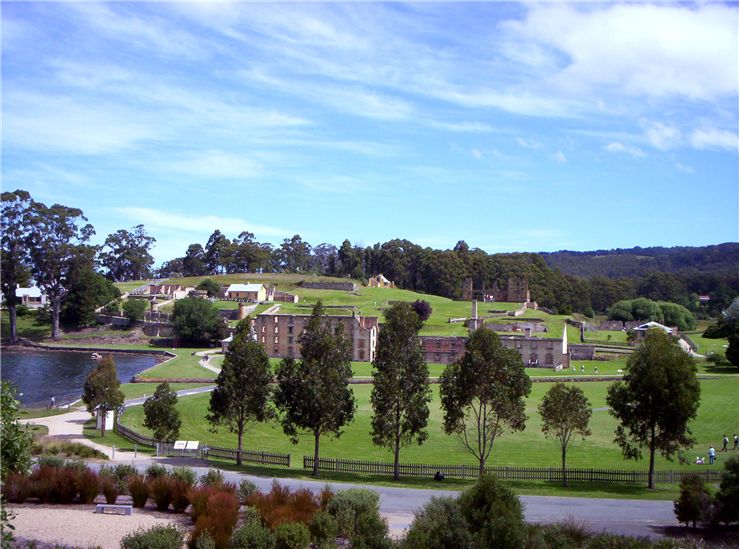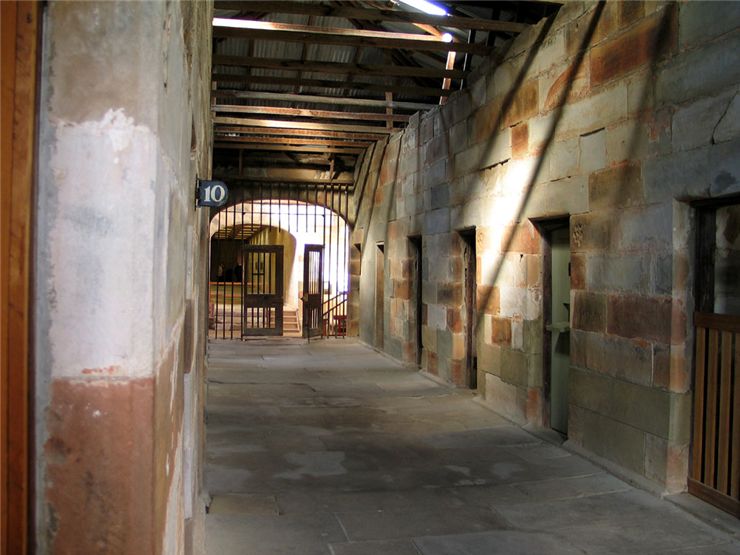History of Australia’s Prison - Port Arthur
Port Arthur was a former convict settlement and penitentiary, located near a small town of the same name and some 60 km south of the Hobart, state capital of Australian island state Tasmania. This historic place is today remembered as one of hardest 19th century prisons in the world, as it was the home of absolute worst offenders gathered from British and Australian prisons. Hailed for its strictest security measures of British penal system and isolation from rest of the world, this prison soon gained reputation that remains intact even until today, especially after it became the site of the Australia's deadliest gun massacre in recent history.
The origin of Port Arthur comes from the small timber station that was formed in 1830, but from 1833 to 1853 it became destination for hardest convicted criminals from England and Ireland. Formation of prison tried to follow the theories of famous philosopher, legal and social reformer Jeremy Bentham who advocated the concept of "panopticon" - the right of the state to observe and control their prison population. The main shape of the prison was symmetrical, with several prison wings being connected with the surveillance cores and hubs (but in difference to Bentham's original designs, prison guards did not have ability to see inside prisoner's cells).
Although Port Arthur treated majority of their prisoners in traditional ways (for example as slave labor on many difficult construction jobs and farms), there were several differences that separated this prison from the other penitentiaries of 19th century was their focus on psychological punishment. It was thought that physical punishment (whipping, beating) only produced hardened criminals, and they invented system based on food rewards (and other luxury items tea, sugar and tobacco) or punishment (bare minimum of nutrition). Another not so successful tactics was incarceration with hoods that were intended to provide time for the prisoners to reflect on their action. This tactics produced many cases of insanity and mental illness due to lack of sound and light, and the nearby Asylum that was within the walls of the complex received many of those prisoners. Another innovation was the formation of first British Empire prison for boys. Many boys (as young as nine) were transported there, where they were ordered to work in harsh conditions (tone cutting and construction).
Remote location of prison greatly reduced the escape attempts. Cold water that surrounded the prison was shark infested (at least by the rumors), and few ships that transported the food and supplies were very heavily guarded. Small tramway that helped in transport of supplies between ships and main prison complex was built in 1836, and the propulsion for the carriages was prisoners themselves.
All in all, desolation of their environment, inability to escape, harsh punishments and psychological torture all contributed in the creation of Port Arthurs harsh reputation. Many prisoners who grew tired of prison life took their own lives, or committed murder just to end their suffering (murder was punishable by death). During the active years of prison between 1830 and 1877, over 1600 bodies were buried on the nearby cemetery that was located on the small island called "Island of the Dead".
Father the prison was abandoned, urban myths and stories about the life of the prisoners continued to rise in their popularity. Many times authorities or private organizations tried to convince government into opening of tourist attraction there, and that finally happened in early 1980s. Today, site of Port Arthur prison is visited by over 250 thousand people each year.

